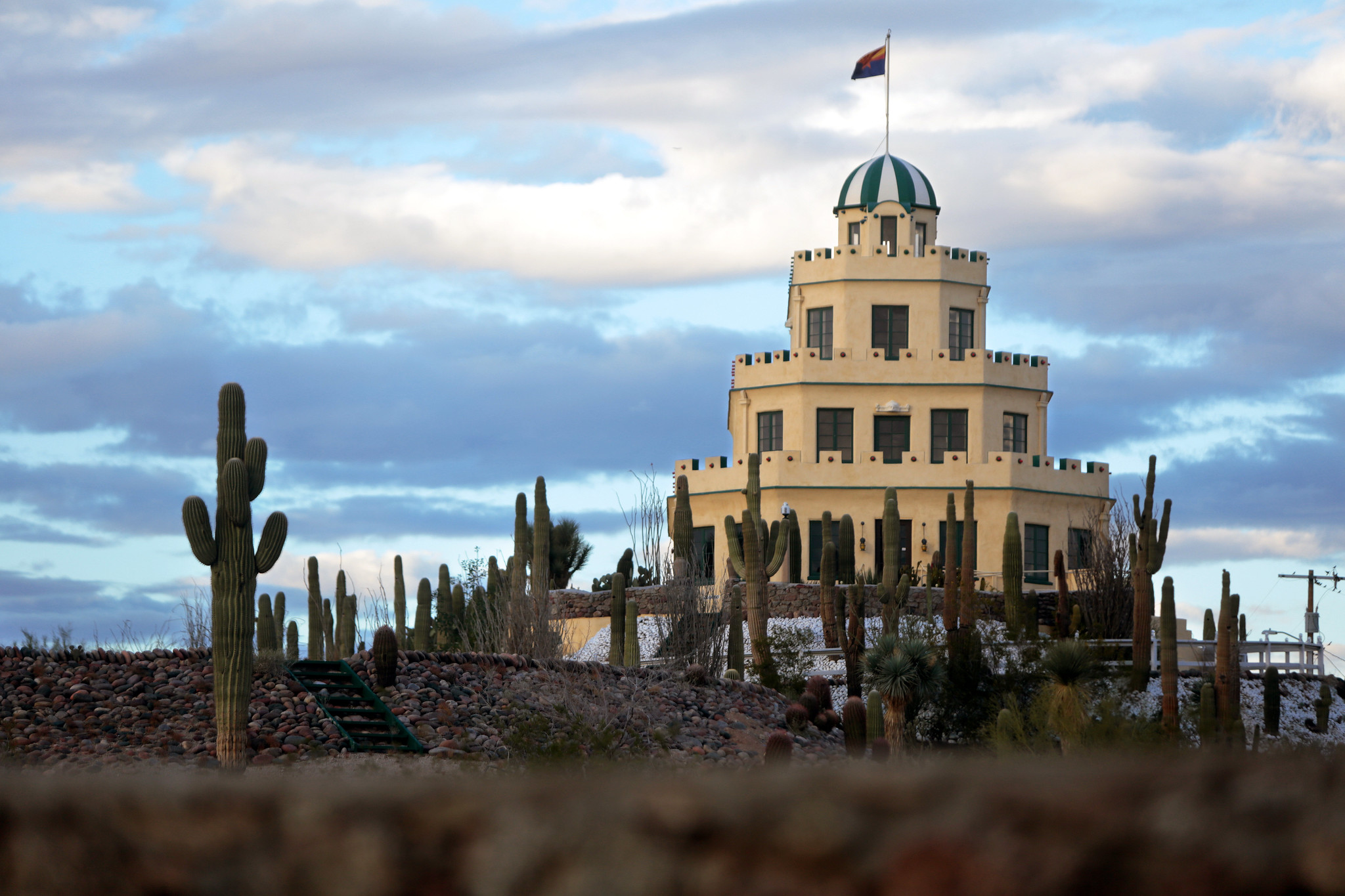Arizona, and particularly Scottsdale, has long been a hotspot for architectural innovation, blending the region’s natural beauty with groundbreaking design. From Frank Lloyd Wright’s Taliesin West to Paolo Soleri’s Acosanti, the state is home to a variety of remarkable structures that push the boundaries of architectural thought. One standout example is the iconic Hotel Valley Ho, a mid-century modern masterpiece nestled in the heart of Scottsdale. Today, we’re exploring the hotel’s fascinating history, stunning architectural features and commitment to preservation and sustainability.
Nestled in the heart of Scottsdale, the Hotel Valley Ho opened its doors in 1956. The hotel was designed by Edward L. Varney, a prominent mid-century modern architect and a student of Frank Lloyd Wright, the hotel sought to combine the glamor of Hollywood with the natural beauty of Arizona. Over the years, the Hotel Valley Ho has hosted numerous celebrities and undergone multiple renovations to maintain its charm and relevance.
The Hotel Valley Ho stands as a shining example of mid-century modern architecture. Its sleek, minimalist design is characterized by clean lines, flat planes, and expansive glass walls that seamlessly integrate indoor and outdoor spaces. The hotel’s iconic cantilevered roof lines and butterfly roofs give it a futuristic appeal while providing shape and protection from the elements.

One of the most striking features of the Hotel Valley Ho is its use of materials, including concrete, steel, and native Arizona stone, which all pay homage to the state’s desert landscape. Additionally, the interior boasts vibrant colors, geometric patterns, and custom-designed furnishings that embody the essence of mid-century modern design.
Beyond its architectural prowess, The Hotel Valley Ho offers luxurious amenities to cater to every guest’s needs. The property is home to two separate pools: The OH Pool, which features a lively atmosphere complete with a bar and cabana, and the more serene OHasis Pool, perfect for relaxation. Guests can also enjoy the award-winning VH Spa, a state-of-the-art fitness center, and exceptional dining options, including the ZuZu restaurant, which serves inventive American cuisine. The hotel’s central location provides easy access to Scottsdale’s vibrant art galleries, shopping and outdoor activities.

In addition to its luxurious accommodations, the Hotel Valley Ho has demonstrated a commitment to preservation and sustainability over the years. A comprehensive restoration project in 2005 revitalized the hotel’s historic features and expanded its footprint. Modern amenities and sustainable practices, such as energy-efficient LED lighting, solar panels for heating pool water and a robust recycling program have been incorporated throughout the property. This commitment ensures that future generations can experience the magic of this mid-century modern masterpiece.
The Hotel Valley Ho truly offers an unforgettable experience, seamlessly blending luxury, history and sustainability. Its timeless design and dedication to preserving its heritage make it a must-visit destination for architecture enthusiasts and travelers alike.




